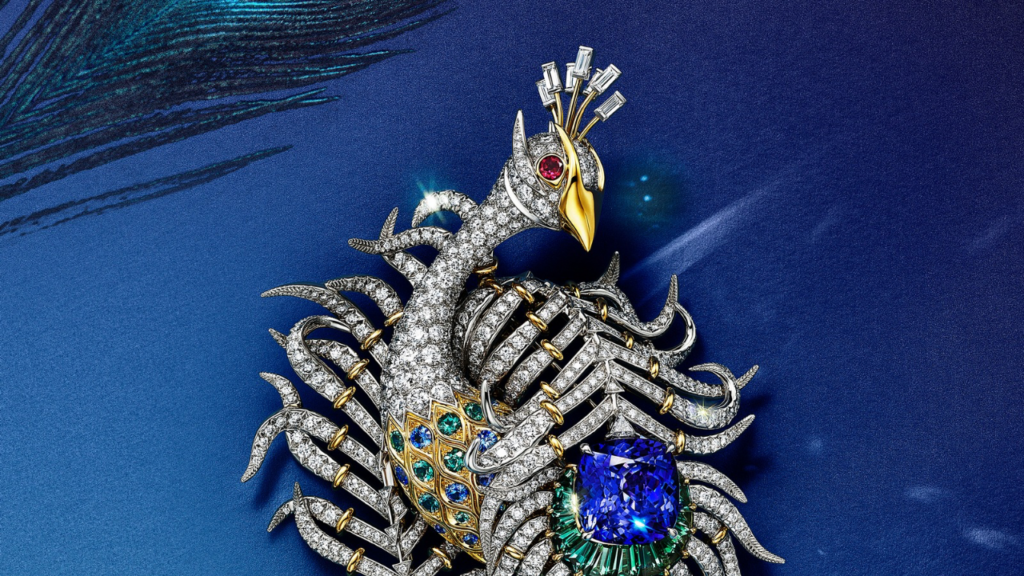Questions and answers: KX Song, author of “The Night Ends With Fire”

We talk to author KX Song about The night ends with fireA sweeping fantasy adventure inspired by the legend of Mulan, Disney follows a young woman determined to choose her own destiny—even if it means going against everyone she loves.
Hi, KX! Can you tell our readers a little about yourself?
Thank you for having me here! My name is KX Song and I am a diaspora writer with roots in Hong Kong and Shanghai, currently living in the San Francisco Bay Area.
When did you first discover your love for writing and stories?
I don’t remember the exact moment I became interested in storytelling, but I do remember writing stories on the backs of paper towels and napkins as a child, in restaurants or trains or even at school. As a child, I spent many aimless hours in Shanghai at my grandparents’ house, where the only English-language books available to me were long-standing classics like war and peace– not exactly appealing to a child! So I started writing my own stories for entertainment.
Her latest novel, The night ends with firewill be released on July 2ndand! If you could describe it in just five words, what would they be?
Romance. Dragons. Adventure. Love triangle.
What can readers expect?
Readers can expect a fast-paced romantic fantasy adventure inspired by the legend of Mulan. This book combines my love for Chinese wuxia drama – with its epic scale, ill-fated romance, and emotionally charged plot full of hairpin turns – with my interest in questions of female ambition and power and their price.
Where did the inspiration come from for The night ends with fire I’m from?
As soon as I knew The night ends with fire a retelling of Mulan, I wanted to differentiate it from other versions of the Mulan legend.
I found it fascinating to learn how the many variations of Mulan differed but also had similarities across time and space. For example, in the 1998 Disney version, after saving the kingdom, Mulan is praised by the emperor for her brave deeds, welcomed home by her father, and even courted by her army captain and her true love. In comparison, Mulan in the Romance of the Sui and Tang dynastiesWritten by Chu Renhao in 1695, Mulan is called to be the emperor’s concubine after the war. She is forced to choose between duty and honor and commits suicide at her father’s grave to preserve her indomitable virtue. What connects these different versions is their commitment to the status quo. Although Mulan is generally considered a progressive symbol of gender equality, in many of these versions she does not oppose existing power structures because she is ultimately motivated by her filial piety and duty to her country. Crucially, after the war and fulfilling her duties to her father and the emperor, she returns home and is content to resume her life in the conventional roles expected of women. In The night ends with fire, I wanted to explore what would happen to Mulan if she was no longer satisfied. What if, after experiencing independence and freedom as a man, she no longer wanted to conform to her society’s restrictive gender boundaries? Would society accept her as she was, or would it punish her for daring to strive for more by going beyond the norm?
Were there any moments or characters that you particularly enjoyed writing or exploring?
I really enjoyed writing the love stories, especially because they served as a contrast to each other. Liu Sky is based on Liu Bei, one of the heroes of The History of the Three Kingdomsa 14th Chinese classic of the 20th century by Luo Guanzhong. The character of Liu Bei is an upright, noble man who always does everything to do the right thing. I have the comparison in The History of the Three Kingdoms between Liu Bei, that virtuous, classical hero archetype, and Cao Cao, who is Liu Bei’s rival warlord and arch-enemy. Cao Cao is an anti-hero type; while Liu Bei is noble, Cao Cao is self-serving, pragmatic, and cunning. Cao Cao acts for his own benefit, but his keen intelligence and personal moral code earn him the respect of even his rivals and enemies. After reading the novel, you may find another character that reminds you of Cao Cao. J
See also

Can you tell us a little about your worldbuilding process?
I’m a pantser when it comes to the ideation process for a novel. The first spark for THE NIGHT ENDS WITH FIRE came to me as a setting, but from there I continued to ask myself free-form questions. What perspectives do I want to show here? What different kinds of stories can I tell? These questions evoke images, smells, and snippets of scenes. A power-hungry girl, constrained by her restrictive society. A boy training her in the moonlight. These emotions and images guided me as I then took a more structured approach to outlining and world-building. From there, the world naturally forms itself to drive the plot forward.
What’s next for you?
I am currently working hard on the sequel to THE NIGHT ENDS WITH FIRE, which will be released next year in 2025!
And finally: Which books have you enjoyed so far this year and are there any that you really want to get your hands on?
I really enjoyed SEASPARROW by Kristin Cashore (incredible world-building) and THE FAMILIAR by Leigh Bardugo (beautiful prose). I’m looking forward to reading A SONG TO DROWN RIVERS by Ann Liang later this year!


